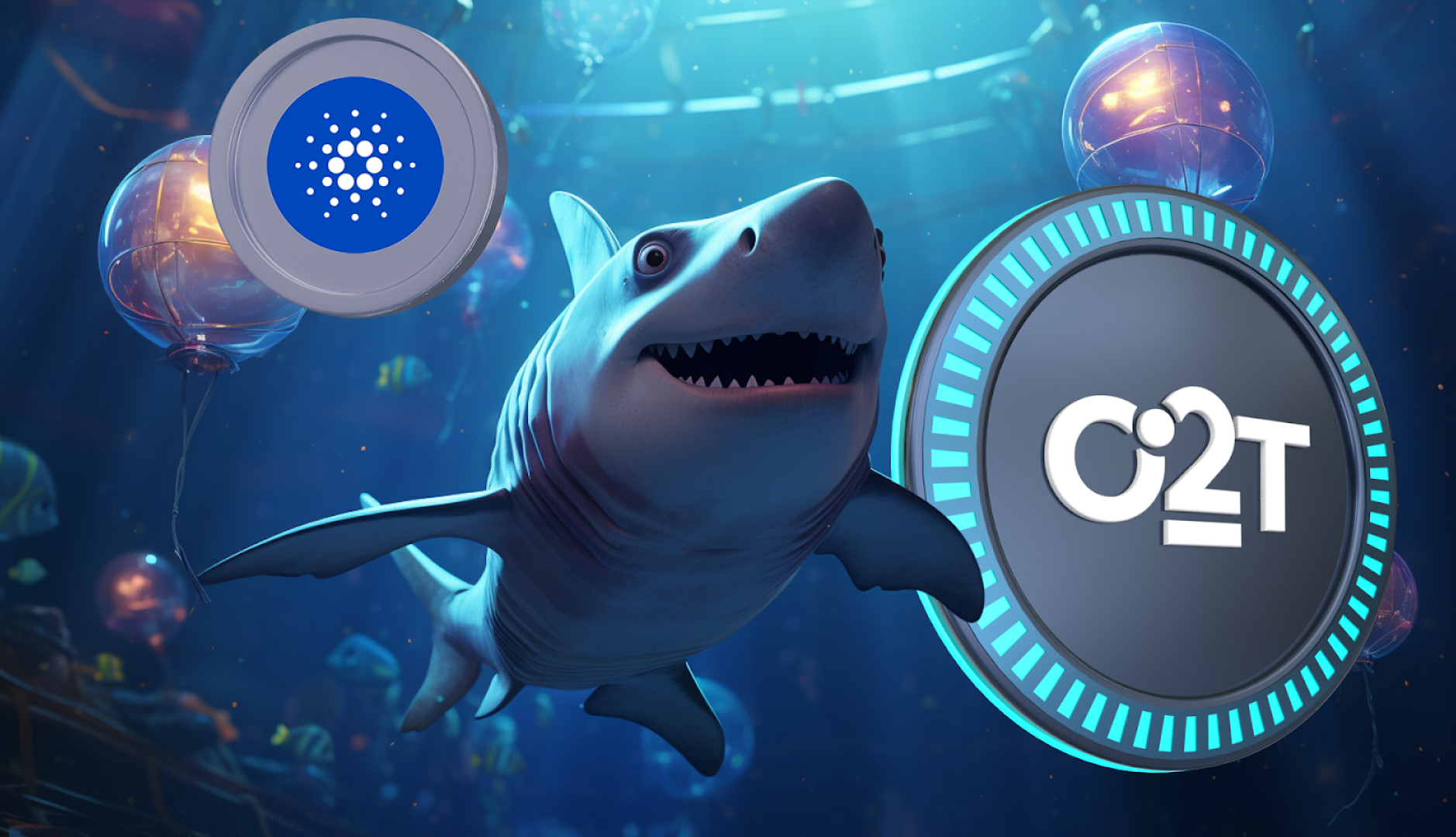DeFi – A Promising Piece Of The Crypto Market
There is a lot of hype, buzz, skepticism, confusion, and excitement about decentralized finance, or “DeFi.” DeFi is an ecosystem driven by blockchain-based products and services that replace traditional financial intermediaries with freely accessible, autonomous, and transparent software applications.
Although DeFi is still in its infancy (only a few years old), its associated economy is already very large and important: Ethereum, the back-end infrastructure of DeFi, settled about $1.5 trillion in transactions last quarter, accounting for $1.5 trillion in Visa transactions. 50% of the total payment volume; decentralized money markets (such as Compound, Aave, etc.) issue loans worth billions of dollars every month; individuals and businesses use platforms such as the Uniswap protocol to account for about 30% of Coinbase’s transaction volume.
Since entrepreneurs, business leaders, policy makers, and institutions large and small are all very interested in this trend, I will try to explain the characteristics of DeFi and the benefits it brings, outline some of the challenges ahead, and consider how DeFi can lead to The path to mainstream acceptance and adoption.
But first, what makes all this possible?
What is DeFi? Where does it come from?
DeFi builds on three major waves of blockchain innovation over the past decade, each of which started with deep skepticism and progressed to acceptance and adoption.
The first wave was defined by Bitcoin (invented in 2009), which gave us distributed ledgers (aka blockchains) designed to facilitate peer-to-peer transfers of non-sovereign digital assets.
The second wave is defined by Ethereum, which is also rooted (as Bitcoin) in the same underlying distributed, censorship-resistant architecture: unlike Bitcoin, however, Ethereum’s native programming language (Solidity) can be written in to create any application imaginable, which in turn turns Ethereum into a globally accessible supercomputer.
The third wave was the initial coin offering (ICO) boom of 2017, which funded a range of projects, some of which have begun to deliver on their promise of creating a decentralized financial ecosystem.
DeFi is the fourth wave, built on a combination of these innovations above.
With DeFi, anyone in the world can use an easy-to-download wallet to borrow, lend, send, or trade blockchain-based assets without using a bank or broker. If they wish, they can also explore more advanced (blockchain asset-based) financial activities such as leveraged trading, structured products, synthetic assets, insurance underwriting, market making, and more, all while maintaining full control over their assets.
DeFi protocols adhere to some key standards (notably permissionlessness and transparency) that reflect Ethereum’s values. Ethereum is an open-source, decentralized software platform that provides the infrastructure for most decentralized applications (dApps).
- Permissionless for both end users and developers: DeFi applications can serve anyone with an Internet connection in the world, regardless of race, gender, age, wealth, or political affiliation. Additionally, any developer can build on top of these platforms with peace of mind, knowing that no central authority will be able to revoke their access in the future.
- Transparent refers to the inherent suitability of DeFi platforms: because DeFi software is always source code available or open source, all underlying code is always available for review, and all associated funds are auditable. All transactions are recorded on the blockchain, which makes it easy to vet specific transactions or set up data analytics businesses for investment (or even survey) purposes.
What are the characteristics and advantages of DeFi?
Two fundamental properties of DeFi – permissionless and transparent – translate into multiple powerful use cases.
- Lower entry barriers, reduce switching costs, and provide optionality
The permissionless nature of Ethereum-based applications enables free and seamless “forking” (i.e., copying and adaptation) of the code base of these applications, reducing the barrier to entry for entrepreneurs to zero. End users are the main beneficiaries of this innovative environment: since all applications share the same database (Ethereum blockchain), moving funds between platforms is easy. This forces projects to compete relentlessly on fees and user experience.
A relevant example here is the rise of “exchange aggregator” applications: using public APIs, these aggregators leverage multiple liquidity venues, split orders across platforms, and offer the best possible exchange rates to end users. In just a few months, these aggregators have accelerated DeFi’s progress towards optimal price execution, a standard that previously required formal regulation for early electronic trading venues.
Contrast the competitive market for DeFi with personal banking as it exists today, where it can take three days to open and close an account, or DeFi with brokerage, where transferring securities between platforms takes up to six jobs Day and many calls.
Combined with other onerous terms, these “switching costs” discourage consumers from taking their business elsewhere, even with the pain of poor service. In fact, to the detriment of individual consumers, traditional finance is moving in the exact opposite direction, with the number of banking licenses declining at a rate of 3.6% per year since 1990, limiting consumer choice.
- Transparent accounting and rigorous risk assessment
The auditability of capital reserves in DeFi means that rigorous risk assessment and risk management can be achieved. For decentralized money markets and credit facilities (which allow users to take out peer-to-peer, secured loans), users can check the quality of the collateral portfolio and the degree of leverage in the system at any given time.
This stands in stark contrast to the opaque nature of the current financial system. It wasn’t until after the global financial crisis of 2007-2008 that analysts and regulators began to realize that the U.S. loan-to-deposit ratio had reached 3.5, twice that of Russia, the next most leveraged banking system.
- Coordinate the incentive mechanism to solve the principal-agent problem
The use of trustless, programmable escrow accounts (commonly referred to as “smart contracts”) allows DeFi protocols to be secured at the protocol level.
For example, in the MakerDAO system (a decentralized credit facility), MKR token holders earn interest paid by borrowers. However, in the event of (system) insolvency or (borrower) default, they will be the main backstop: MKR will automatically be minted and sold to the market to cover losses (pay off bad debts).
This procedural enforcement creates very strict accountability, forcing MKR holders to set reasonable collateral and liquidation risk parameters, as lax risk management practices would place MKR holders at risk of MKR dilution middle.
In traditional finance, by contrast, shareholders suffer direct losses when management makes mistakes. The recent bankruptcy of hedge fund Archego is the latest example: Credit Suisse lost about $4.7 billion due to its dealings with Archegos, costing the bank’s investors a lot, although several of the bank’s executives left the bank, but they are not personally responsible for these losses. And in DeFi, direct accountability will translate into better risk management.
To continue to learn more about this topic, you can follow along. here.
*The article references the source from a16z content site Future.
DISCLAIMER: The Information on this website is provided as general market commentary and does not constitute investment advice. We encourage you to do your own research before investing.
Join us to keep track of news: https://linktr.ee/coincu
Website: coincu.com
Harold
Coincu News
























